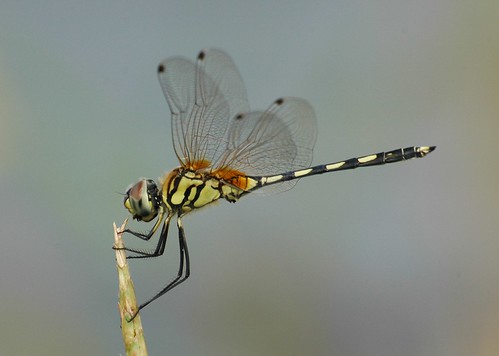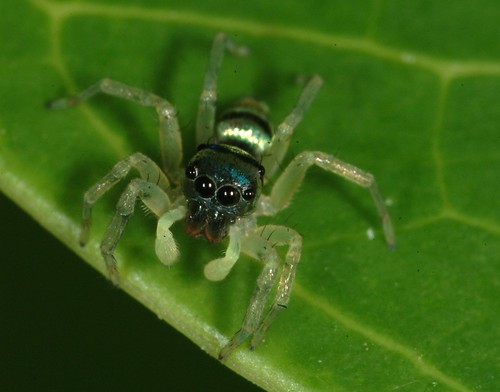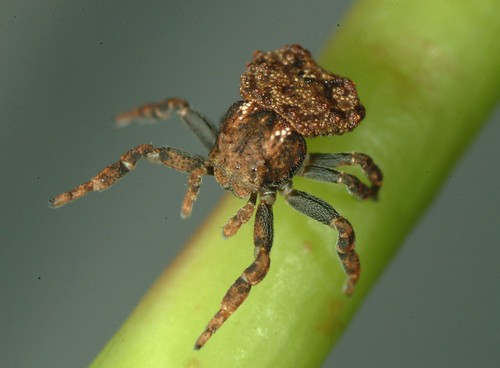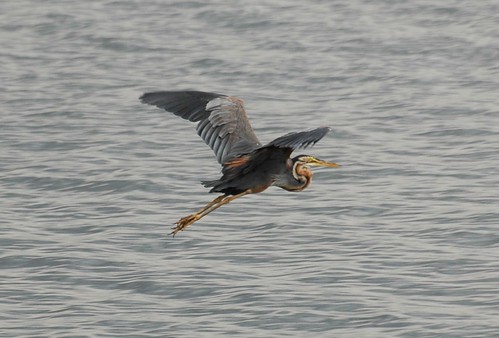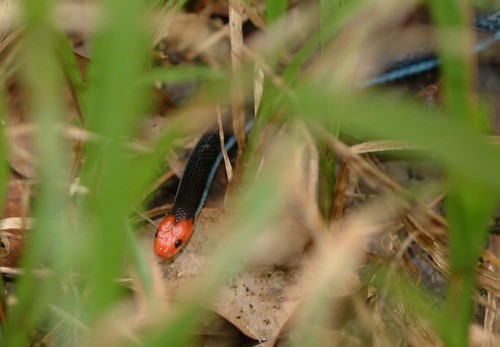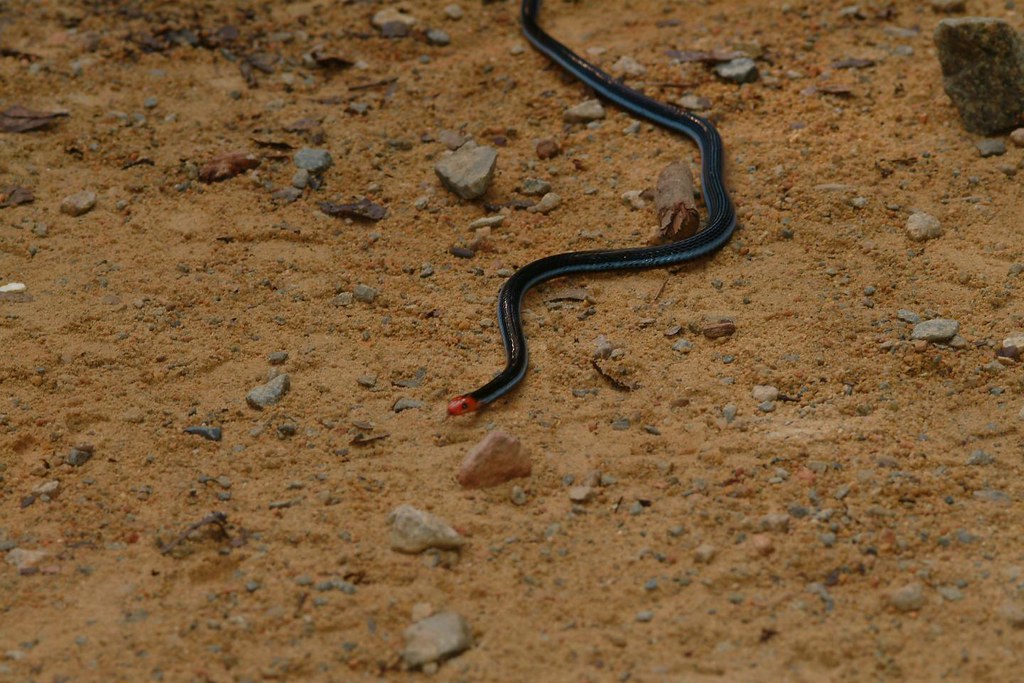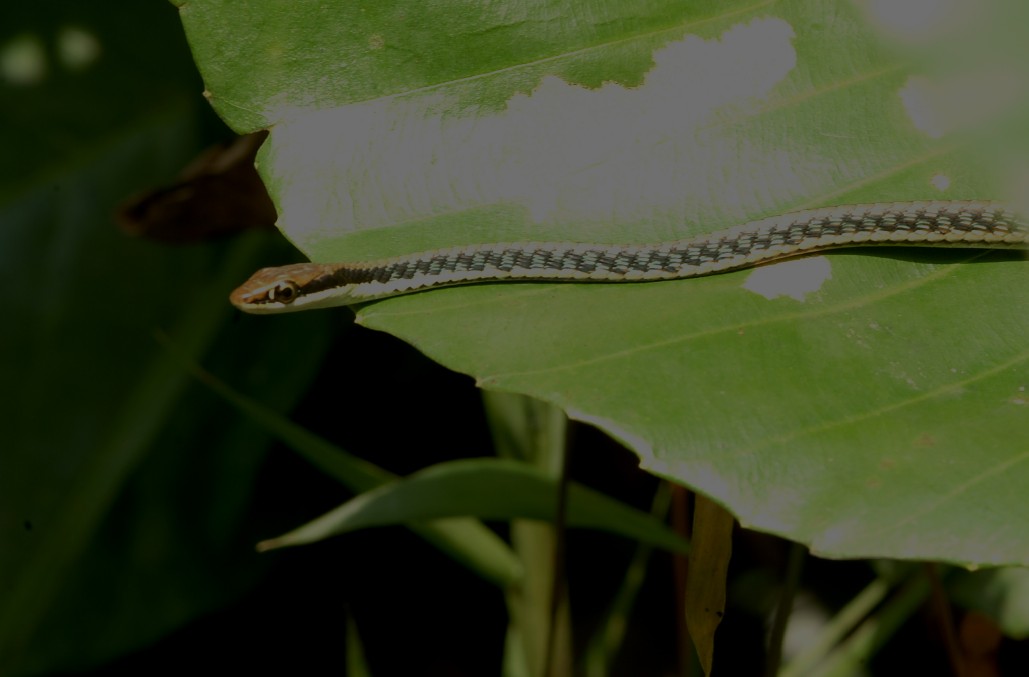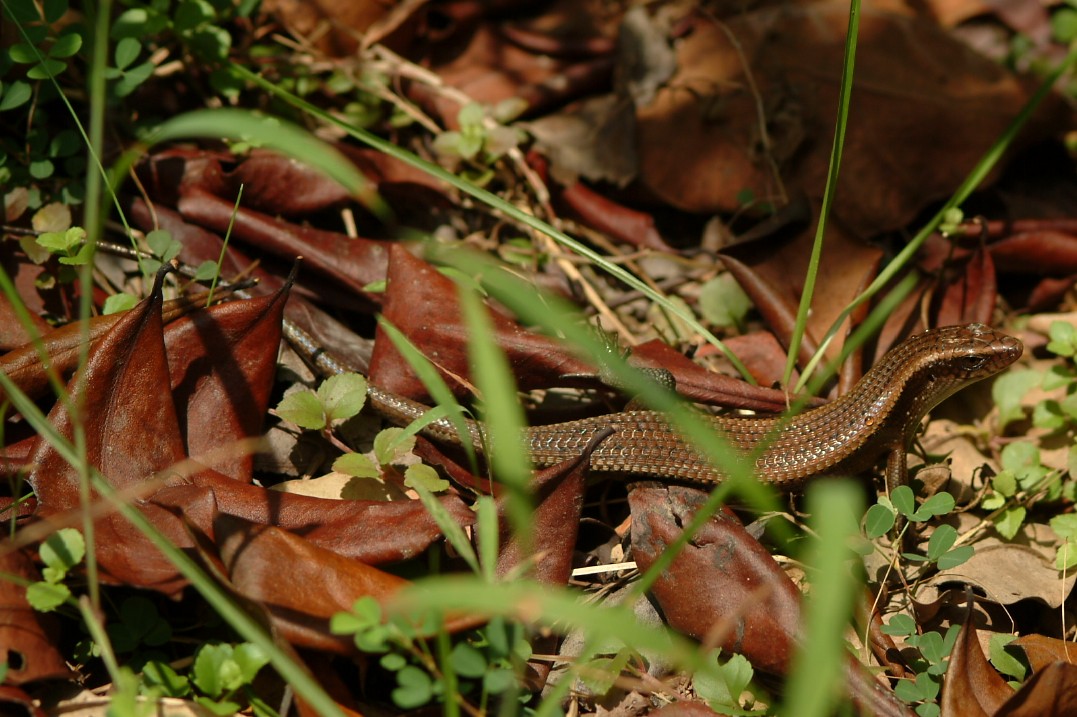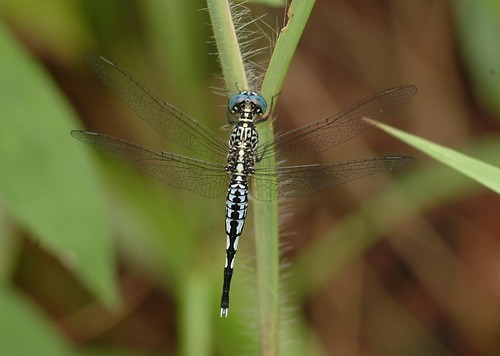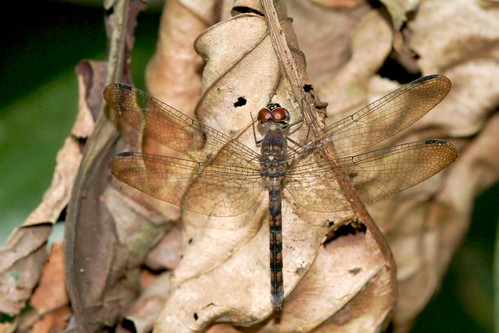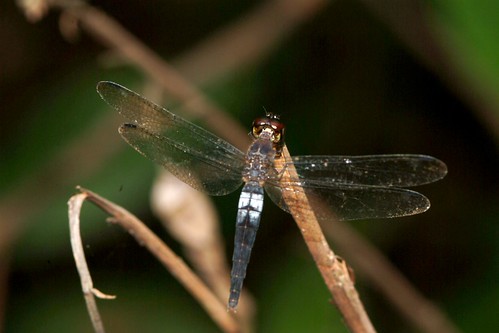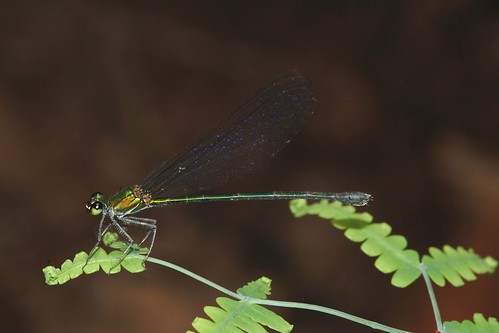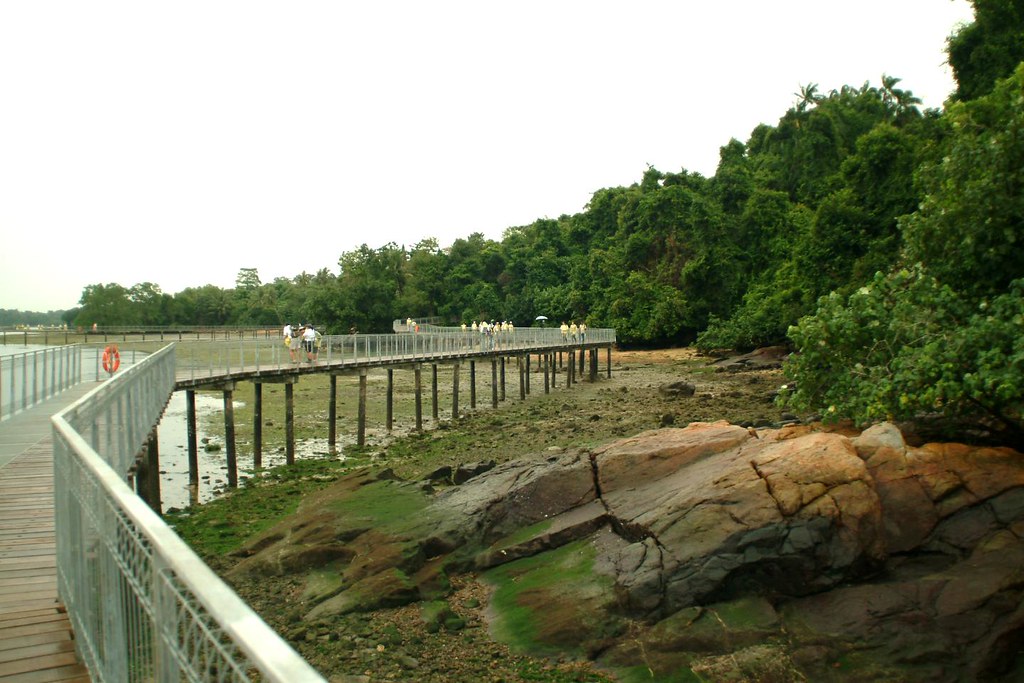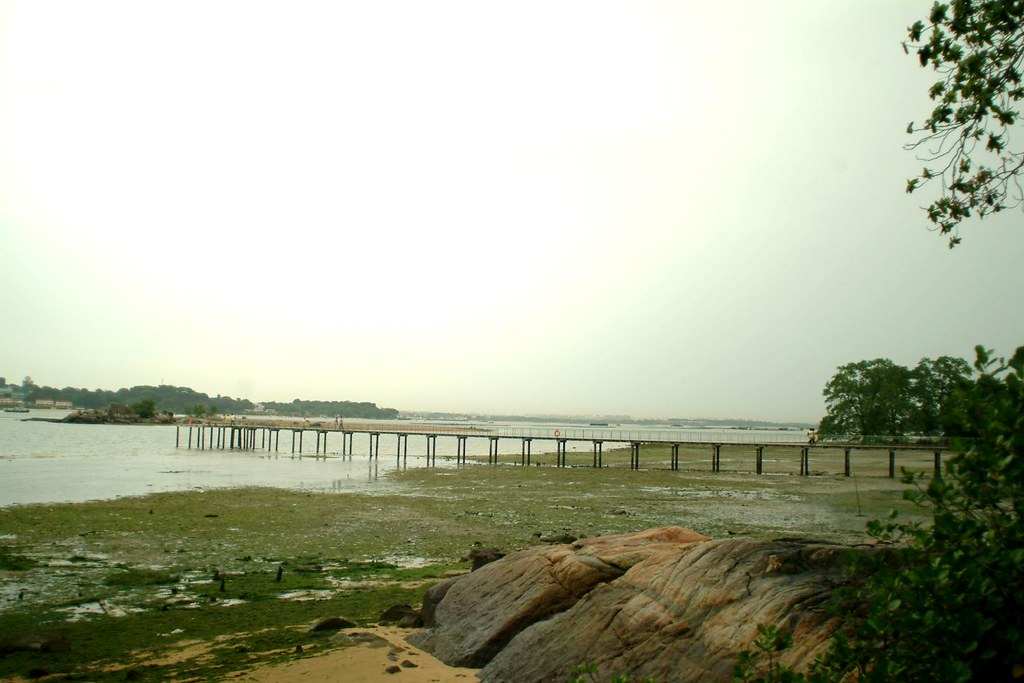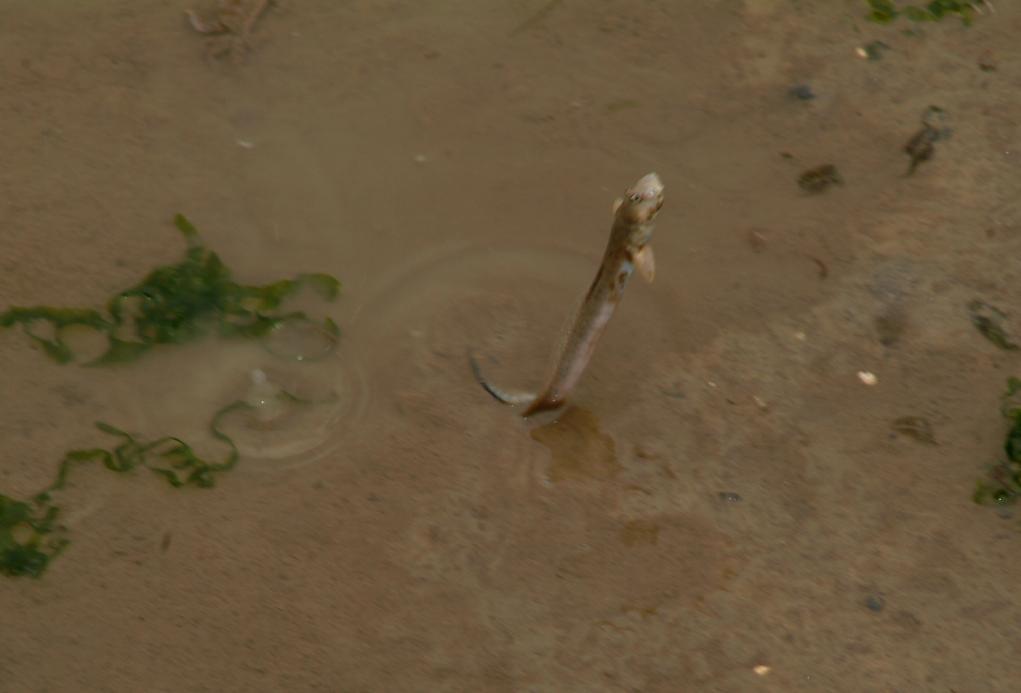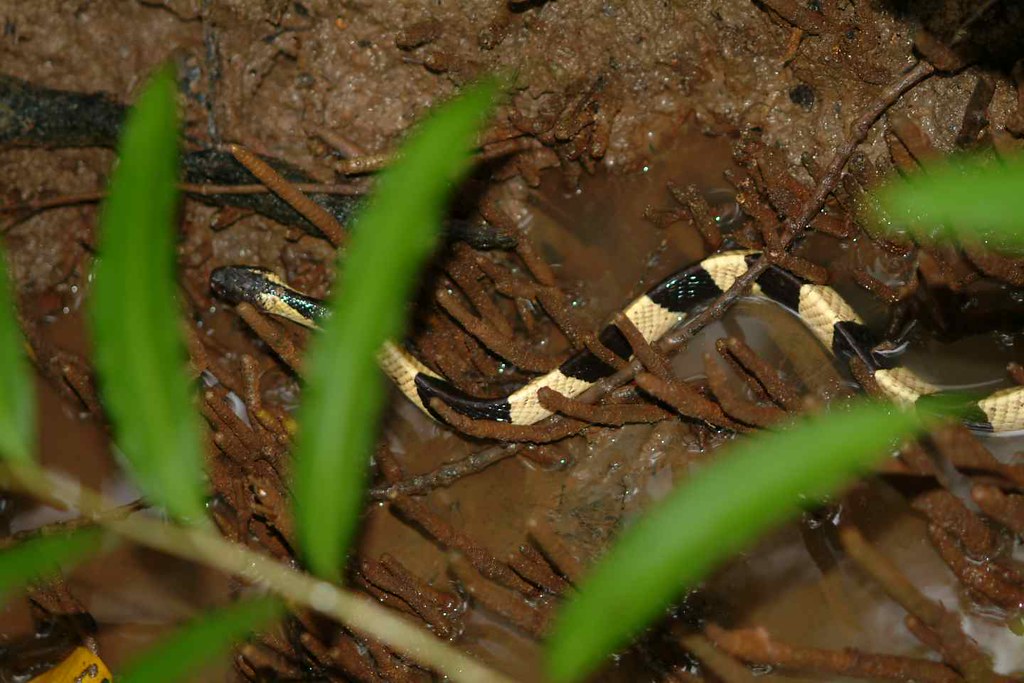9 August 2007
Went with my diving friends The Hardy_tadpole Family to Pulau Tioman for diving. Many of my friends have their family going along...
We left Singapore at about 7:30am, arrived Mursing at 10:30am. The diving boat came a bit late to pick us, so we left Mursing for our first diving site at 12:30pm.
Got to know some more diving friends..

Lester, a colleague of Lloyd, who is also a Diving Instructor.
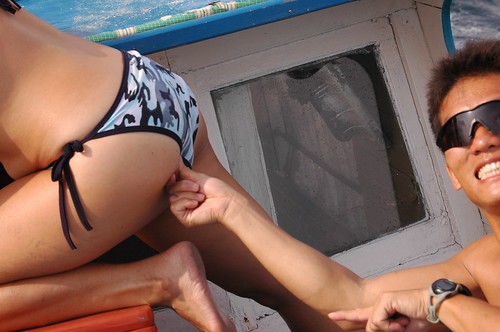
Ah Bob, another dive instructor of Lloyd's friends, and his girlfriend
We have our first dive at a reef located at the middle distance between Pulau Tioman and Mursing. The water is very clear, and there were quite a number of fishes there. Other than that, there are not much can be remenbered. Arrived Kampung Genting at about 5pm and after a short rest, four of us went to conduct a night dive to Pulau Reggis. I was diving with Lloyd and we were moving very slowly to find quite a number of sleeping fishes, shrimps and crabs...
10 August 2007
At breakfast, chidren were enjoying their food before we move to our diving site, Pulau Chebeh, a little island quite far away (aout one hour boat ridde) from Tioman
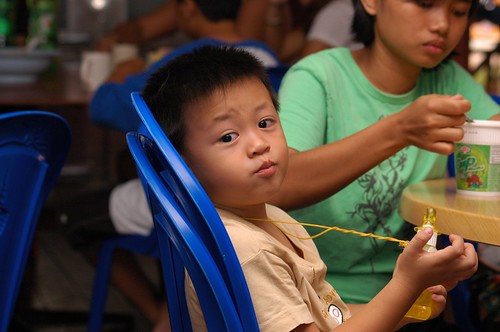
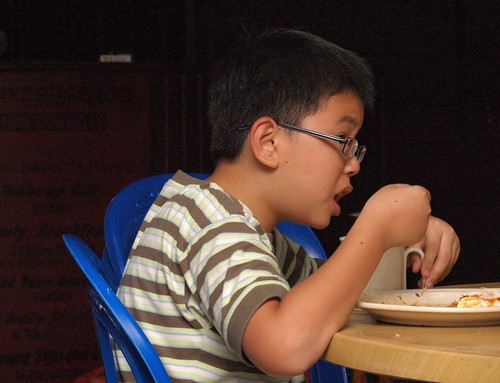

After the dive, we move to Pulau Tulai for another dive and then have a rest. Here, all those non-divers were happily snorkelling or went to the sandy beach play around with water and sand...

The leader of the trip, Lloyd, our diving instructor
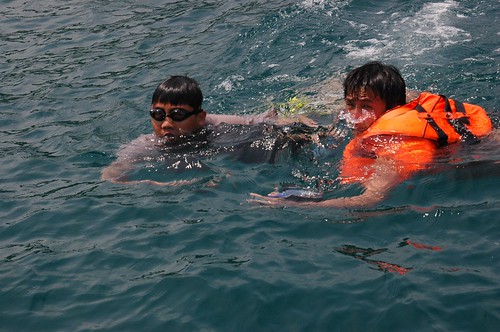
Ah Goh and his son...
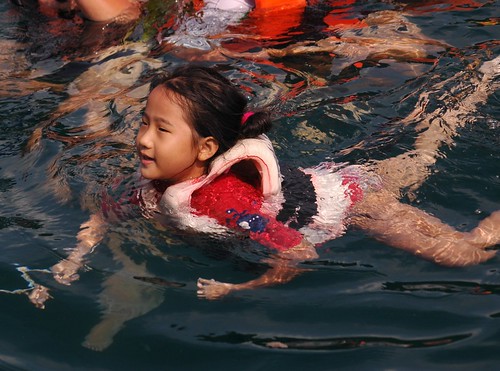
Ah Goh's daughter happily enjoy her first swimming at the sea...

Hobin'son was so happy to find a shell. Don't know where he got it...
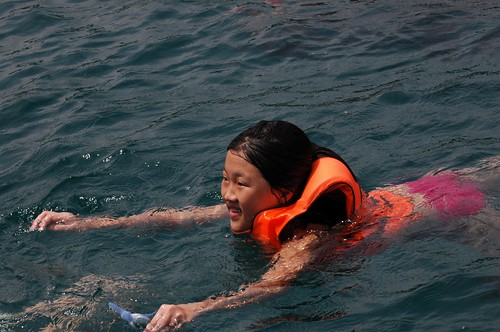
Erin's daught found herself well recobered from a flu and enjoy the water very much...
At evening, we move to Pulau Soyak to do have the third dive.
Dinner was quite enjoyable, and many of them were doing nothings but relaxing by watching TV and chatting...

Lloyd and Edmond watching TV...

"I am spiderman"--Gigi, the spiderboy.
11 August 2007
We went to the famous diving site Tiger Reef, which is a deep water site in pulau Tioman. Current here is always very strong and only experiened diver can fully enjoy it. Because the current is too strong at the morning, so we move a the little island just next to it, Pulau Labas for the first dive. This is rather nice diving site. I took quite a number of fishes, includin a moray eel, and a tiger cowry.
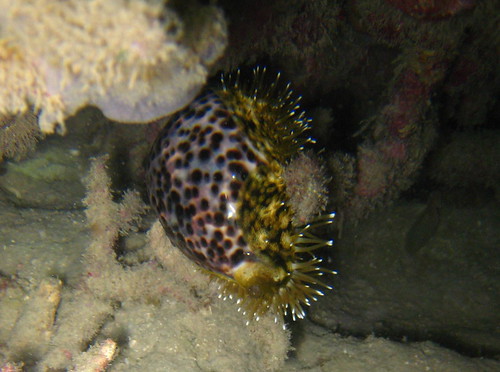
At the dive interval, while the other resting for the next dive, I was busily shooting birds, which were so abundance there. Those bird photos are
really nice as beyond my own's target during this trip. I was just to test the lenses and the camera and then the result come out quite unexpected! Like the
black-naped tern, when I took it, I didn't realize that it was biting a fish with it's beak.

Christmas Frigatebird
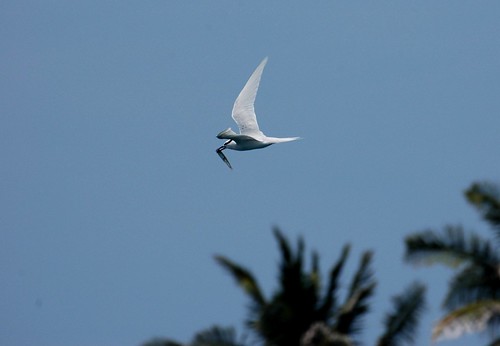
The black-naped tern with its prey...

Little tern
When we conducted our second dive for the Tiger reef, I was very unlucky as the descending rope that I was holding got cut by the propeller of our boat :( Then I got no choice but have to give up, as many of other divers have already descended. I am so eager to dive this site as I have dived it before but in limited time. Sigh...
At afterroom, we moved to Pulau Tomok to have another dive. Before the dive, I saw a group of black-naped tern happily enjoyed their dinner there...

All of us went back to the Island Reef Resort after this dive, but only Ah Bob and myself went out again for the night dive at Genting Jetty. On our way back, I saw this Pacific swallow sittingat the cable and grab this opportunity to closely shot it...


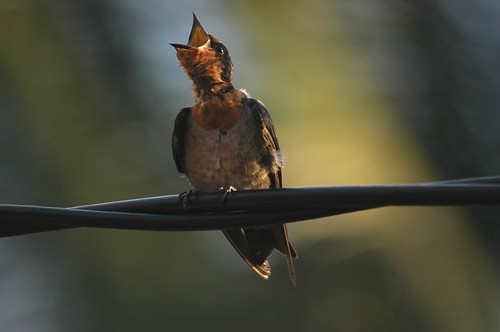
Both Ah Bob and myself are all enjoy night very much and we have been dive buddy for night dive before. We moved very very slowly to find a lot of crustaceans, seashell and many others which are very offen to be neglected by other divers...
Dinner was BBQ, and followed by a series of fun on drink and game...

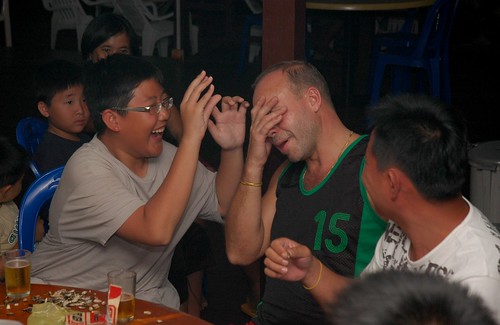
Several people were virtually drunk...



Here all the divers and the families for the trip
12 August 2007
We left at about 9:30 as the boat need to travel 4 hours to reach Mursing. At Mursing, I took Ah Lin's car back to Singapore...
It's a so enjoyable diving trip...

